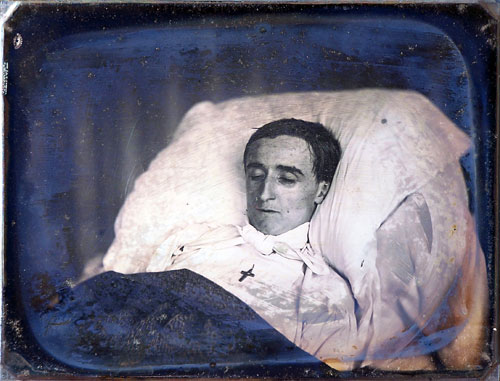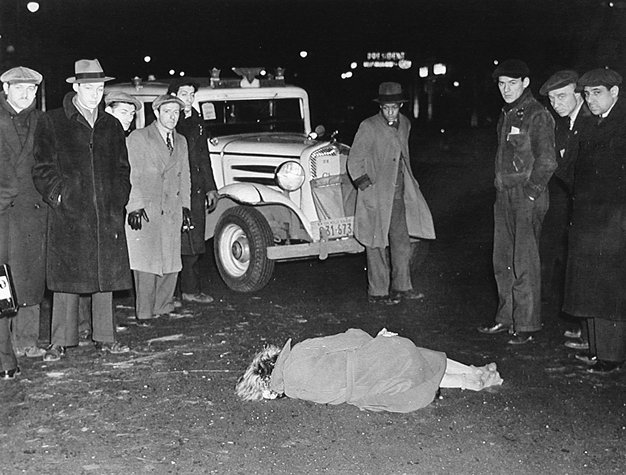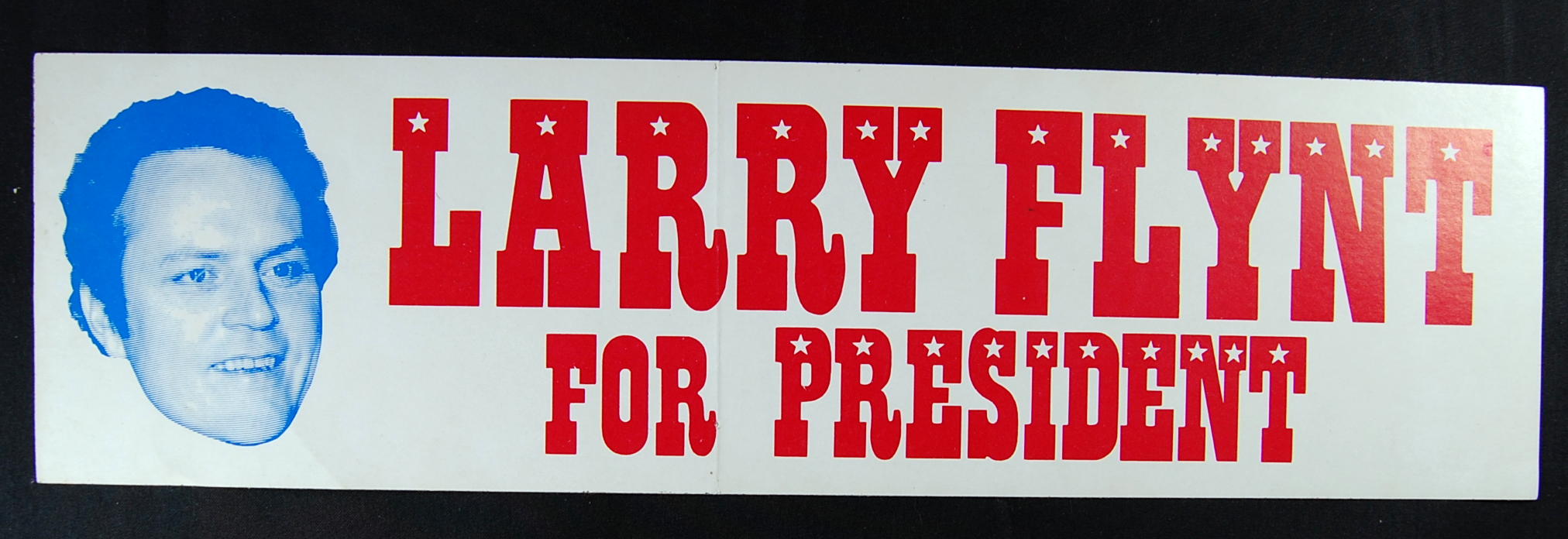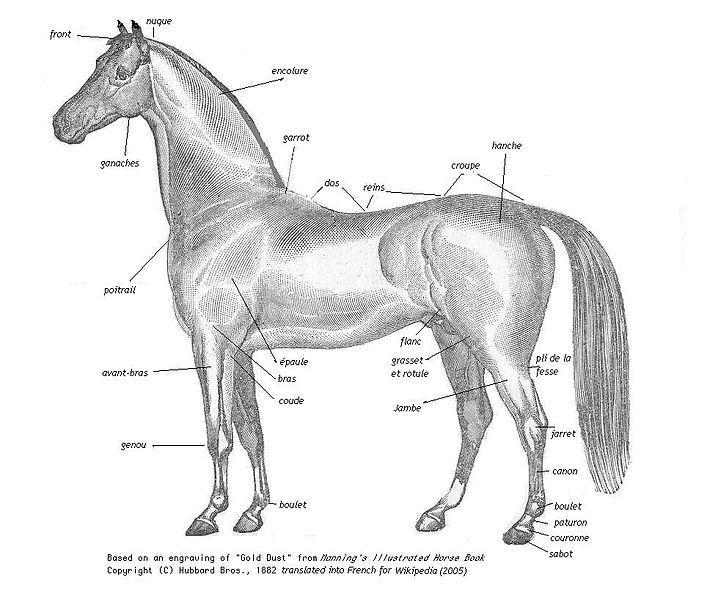From “One Man’s Meat Is Another’s Person,” Raymond Sokolov’s 1974 Natural History article about cannibalism, a topic much in the news then because of the startling story from two years earlier about plane crash survivors in the Andes making desperately needed nutrients of dead passengers. The opening:
“HUMANS may taste good, but most societies are a long way from cannibalism. Of all the taboos in Western society, the prohibition against the eating of human flesh is the most widely obeyed. Thousands among us kill someone every year. Incest is not common, yet it occurs—and enriches the fantasy life of many an analysand. But cannibalism is an infraction of the social order that very few have risked.
Like all forbidden fruits, nevertheless, cannibalism fascinates us. Ever since Columbus first discovered it among the Caribs (who were called canibales, whence the name), it has inspired an entire literature of speculation and raised a dark question in the minds of people too civilized to feel anything but repulsion at the idea of bolting human steaks but unable to keep from wondering in untrammeled moments what they taste like.
Explorers, probably translating a Fijian phrase, reported that the stuff was known to its fanciers in the Pacific as ‘long pig.’ This never seemed more than a dubious description of the savor of our muscular Christian selves. The enigma basically remained until late 1972. Survivors of a Uruguayan plane crash in the Andes, who were cut off from the outside world for weeks, in desperation ate fellow passengers killed in the accident. After their rescue, the survivors told Piers Paul Read—who set down their story in the current best-seller Alive (Lippincott)—that after cooking the meat briefly (they tried it first raw), ‘the slight browning of the flesh gave it an immeasurably better flavor–softer than beef but with much the same taste.’
That is the kind of testimony one can believe, especially from Uruguayans, who know their beef. It is also good news that humans taste good: alternatives to soyburgers are always welcome, and we can at last exonerate cannibal societies of the charge of unrefined savagery. Instead, they were gastronomes.”
••••••••••
“16 men survived for 72 days by doing the unthinkable”:























